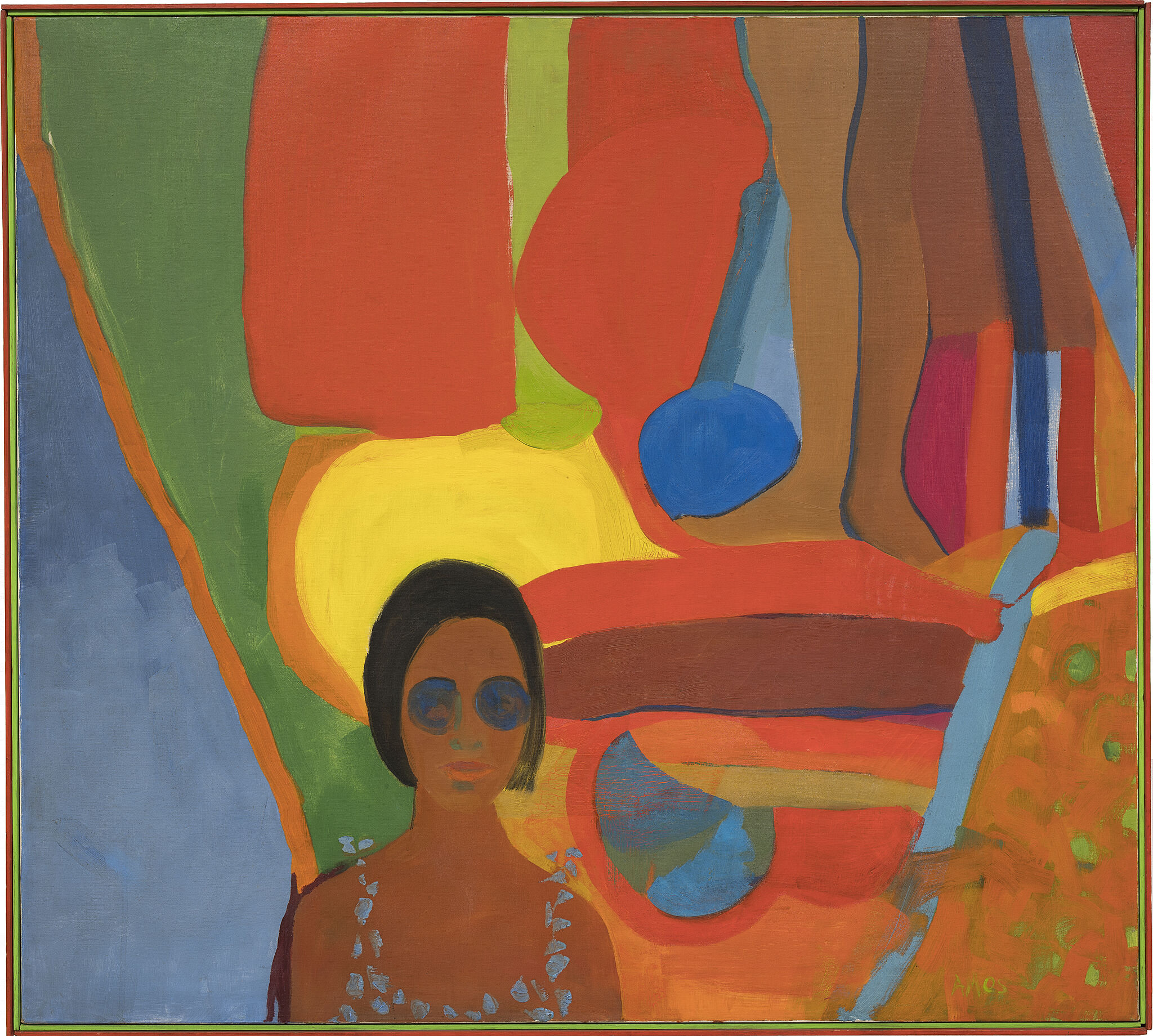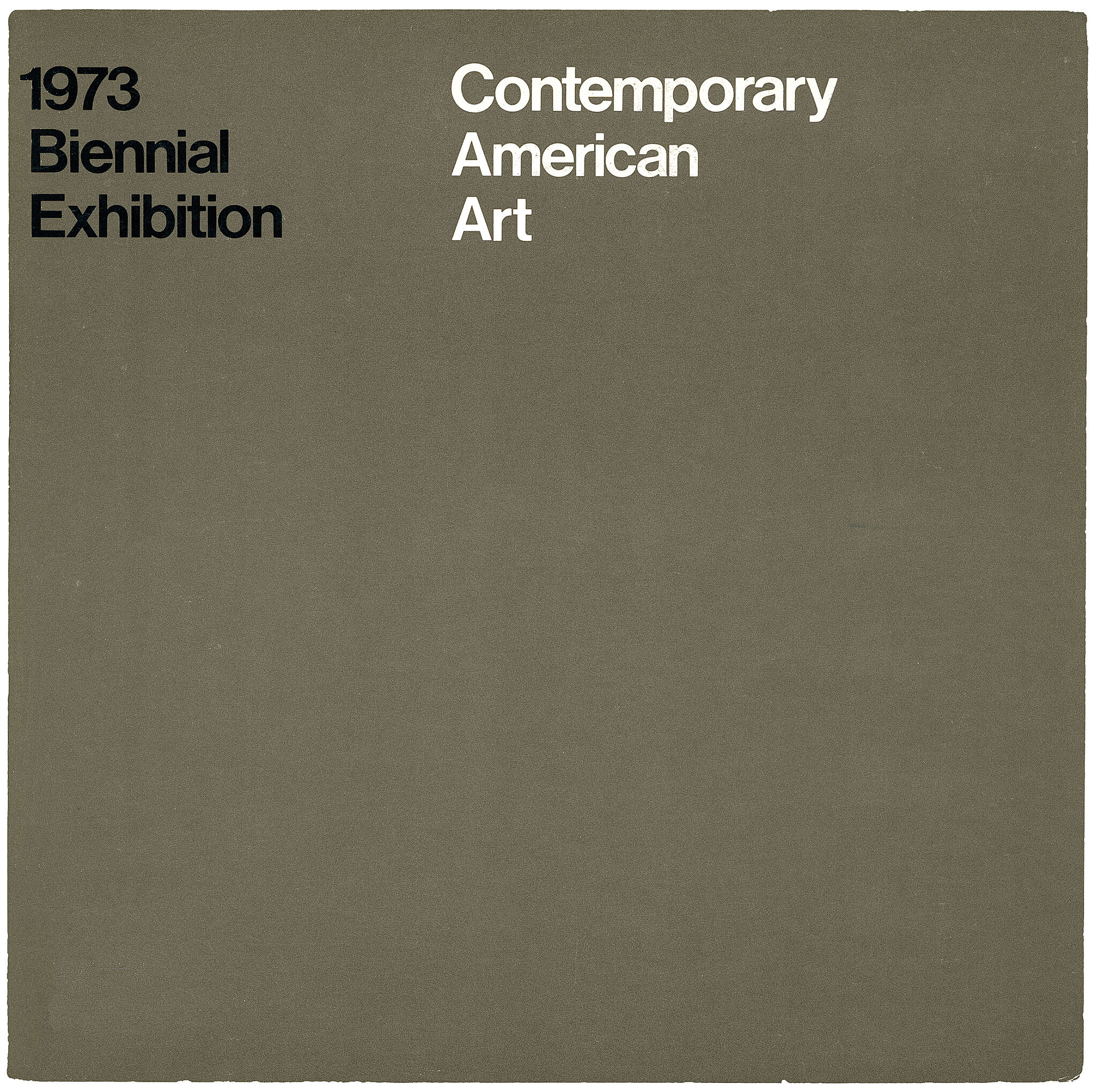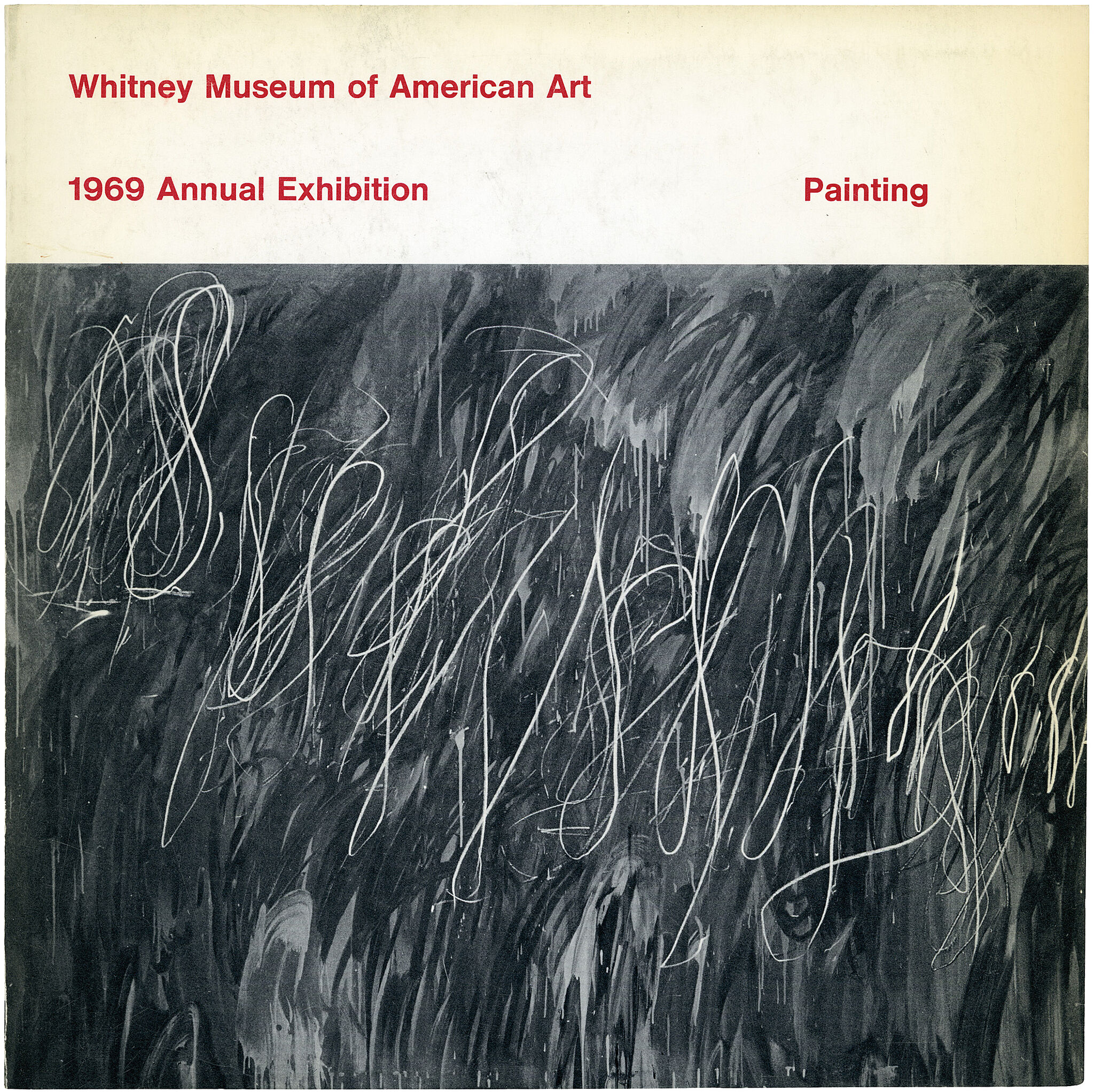Frank Bowling
1936–
Frank Bowling began his career in the late 1950s while living in London, where he studied at the Royal College of Art alongside David Hockney and R. B. Kitaj, making figurative paintings that conveyed social and political content. He started making colorful, largely abstract works soon after moving to New York in 1966, having come into contact with the artists Jasper Johns and Larry Rivers whose drive and energy toward creating a new or personal view through their art influenced him tremendously. As Bowling has stated, “After leaving London to live in New York, I broke loose and began to get much more involved in pure painting.” These early abstract canvases have often been associated with Color Field painting, given Bowling’s use of saturated color and the stained appearance of many compositions.
Over time, Bowling found “the most comfortable way of dealing with paint [was] . . . by leaning on ready-made shapes and photographs.” The result was a series of works that referenced maps, including Dan Johnson’s Surprise, which he made using an opaque projector Rivers had introduced to him. With its blurred forms suggestive of the familiar shape of the South American continent where the artist was raised and a title referencing a friend and fellow artist, this work, which was included in the 1969 Whitney Annual, can be seen as a bridge between Bowling’s earlier figurative work and the poured- paint abstractions that he began to make in the 1970s.
Country of birth
Guyana
Roles
Artist, painter
ULAN identifier
500012364
Information from the Getty Research Institute's Union List of Artist Names ® (ULAN), made available under the ODC Attribution License. Accessed December 24, 2025.



